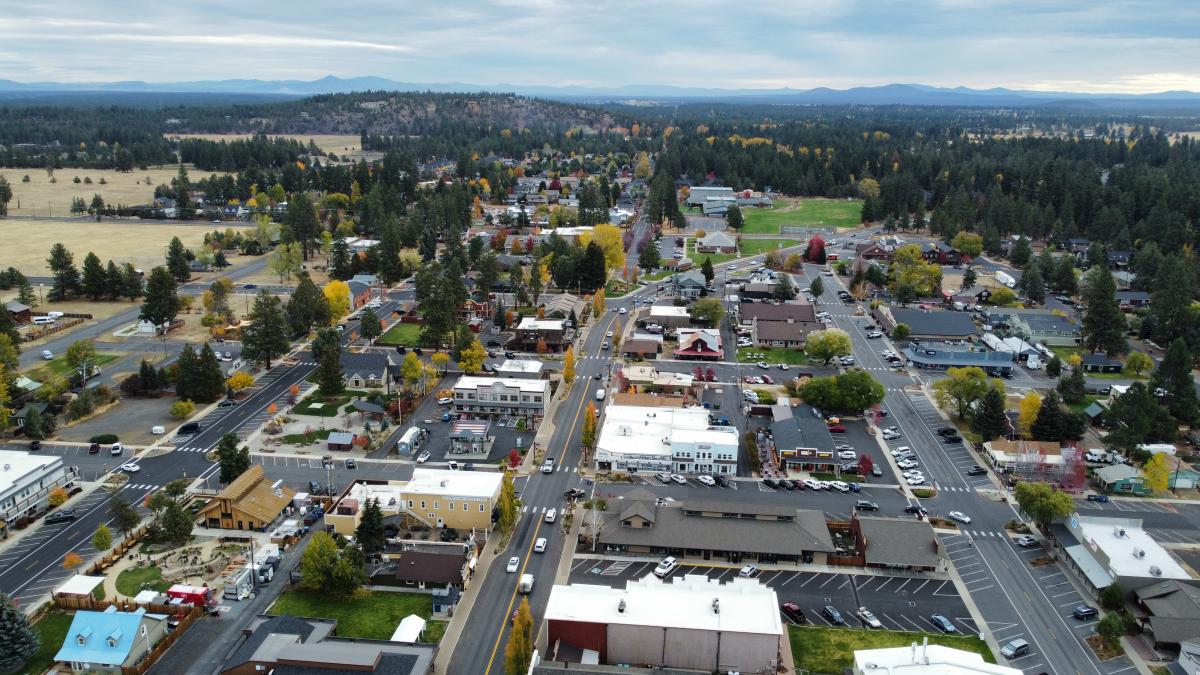Growth Management FAQs

December 8, 2023
Question #1: Can we stop Sisters from growing?
Answer: Per the State of Oregon law, cities in Oregon are required to plan for future growth to provide housing and employment opportunities for residents. Further, according to Oregon Revised Statute (ORS 197.520), no moratoriums on construction or land development are allowed (except under very limited circumstances). What we can do is help shape future growth to be appropriate for Sisters and beneficial for its residents and visitors and manage it so our infrastructure functions properly.
Question #2: If Sisters has to grow, where will it grow?
Answer: Typically, when there is a need to grow, a community in Oregon would expand into its Urban Growth Boundary (UGB); however, Sisters does not have any additional UGB to grow into because its current municipal boundary is the same as its UGB. Now that the Sisters City Council has directed staff to pursue an amendment to the Sisters UGB, we are required to study all lands within a ½ mile of existing city boundary to identify new areas to grow into. Per Oregon Administrative Rules (OAR) 660-024-0065, we must exclude lands from consideration that are impractical to serve with public facilities or that contain significant natural or scenic resources and land that is owned by the federal government, such as USFS land.
OAR 660-024-0067 describes the process for evaluating the land within the UGB study area. Land is categorized into several “priority” categories. If there is insufficient land in the “First Priority” category to meet the needs of future growth, the evaluation can move on to “Second Priority,” and so on.
- First Priority: Urban reserve, exception land, and non-resource land (e.g. land made unsuitable for farming or forestry by surrounding development)
- Second Priority: “Marginal land” (an outdated term, not applicable to Sisters).
- Third Priority: Forest land or farm land that is not predominantly high-value.
- Fourth Priority: Agricultural land that is predominantly high-value.
See the Urban Growth Boundary Amendment page on the city website for more information.
Question #3: What is the difference between the UGB and city limits?
Answer: The city limits are the current municipal boundaries where city zoning applies and where city services are provided. The UGB is an area larger than the city limits that is designated by the State as the city’s 20-year supply of land for growth. Land in the UGB remains in Deschutes County until such time the property owner petitions the city for annexation of the land into the city.
Question #4: How does land get annexed into the city? Do I get to vote?
Answer: Generally, Oregon law authorizes landowners to petition adjacent cities for annexation of their territory. Chapter 1.25 of the Sisters Municipal Code guides annexation in the city. Land for annexation must be located in the UGB.
No, residents of Sisters do not get to vote on annexations. ORS 222.127 requires cities to annex territory if the petition is signed by 100% of landowners, and the land is within an urban growth boundary, among other conditions. For those cities whose charters prohibit annexation unless it is also approved by voters, ORS 222.127 preempts the local charter and forces the city to annex without an election.
Question #5: How can I be involved in growth related issues involving the city of Sisters?
Answer: Public involvement is welcome and invited in most city land use processes (except Type I processes) and participation may be in the form of written comments or, when there is a public hearing involved, oral testimony. You can stay up to date on upcoming issues by signing up for E-notifications on the city website (https://www.ci.sisters.or.us/newsletter/subscriptions).
Return to the Growth Management page.
